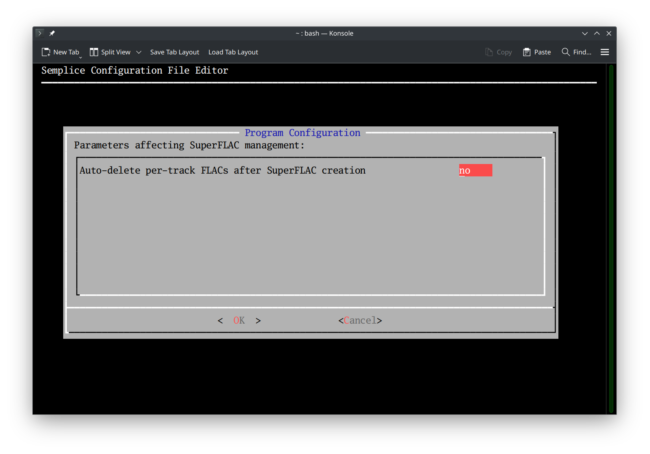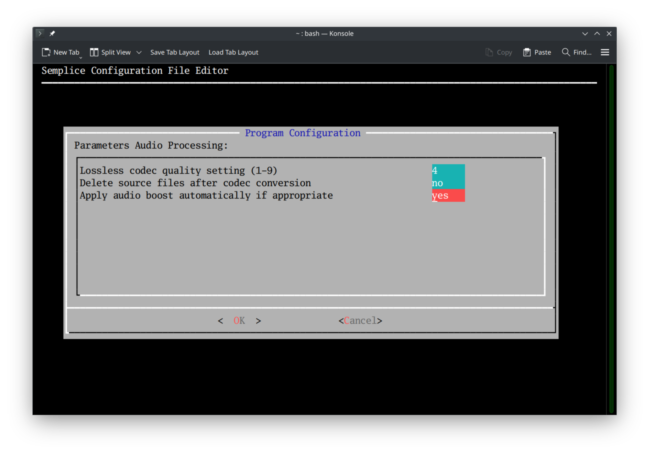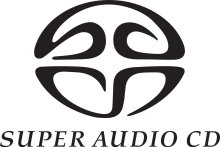1.0 Introduction
SACDs use a digital format called 'Direct Stream Digital' (or DSD). This uses 'pulse-density modulation' (PDM) to convey musical or sound information; traditional CDs use 'pulse-code modulation' (PCM). The difference between the two encoding technologies is substantial and, obviously, very tricky to describe in simple terms (but I had a go here: if PCM is like a wave going up and down on a pond, PDM is like a longitudinal wave travelling along a spring or slinky). Those fundamental differences in nature make it very difficult, too, to convert something in PDM to PCM accurately and precisely. It's like trying to translate Italian to English: you'll mostly do OK, but some subtleties will be lost in the translation. In particular, absolute peak volumes are difficult to match between the two technologies, such that what PCM thinks is a non-distorting volume of 0dB, PDM will translate as something like +3dB, well into the distorting and clipping region of screwing things up badly! The engineers compensate for this by backing off the value of PDM signals by a modest amount, so that there's no danger of a PDM peak ever being converted into an above-zero PCM/analog peak volume. Typically, SACDs are therefore mastered at around -6dB, compared to what you'd expect from a standard CD, in this attempt to suppress distorting peak volumes. It's not true for every SACD, it has to be said: the technology has improved over the years and more accurate peak management of PDM signals provide less risky volume issues these days. Nevertheless, a -6dB mastering level has become something of an unofficial standard by now.
This, of course, poses practical issues. You listen to a rip of a standard CD at a good level and everything sounds fine; you then start playing a rip from an SACD and wonder why everyone seems to be whispering! So you crank up your amplifier's volume knob to make things acceptable once more... only to have the next piece of ripped-from-an-ordinary-CD music blast your eardrums as being waaay to loud! Rather than constantly having to adjust the volume knob, how about we just adjust the volume of the audio signal in the digital file itself? That, of course, is exactly what Semplice's Audio Processing menu, Option 1 allows us to do. It's also entirely safe to do, because at this point, we're just dealing with FLACs that have been created from the SACD data: the conversion from PDM to PCM has already happened, so we can adjust PCM absolute volume levels without the risk of re-introducing inappropriate PDM peak volume spikes. [...]









